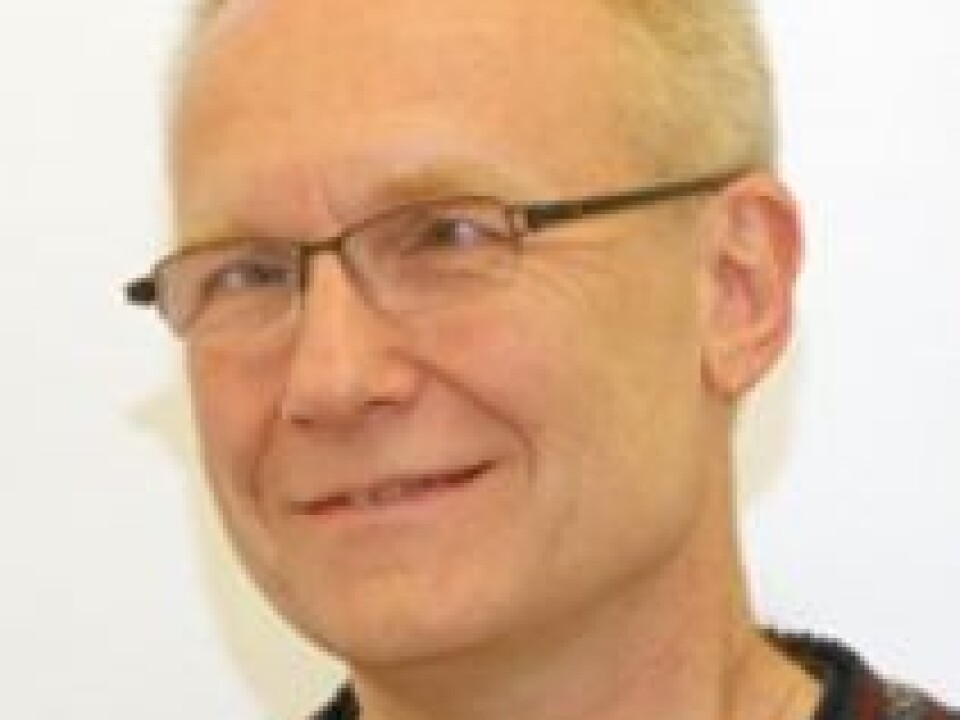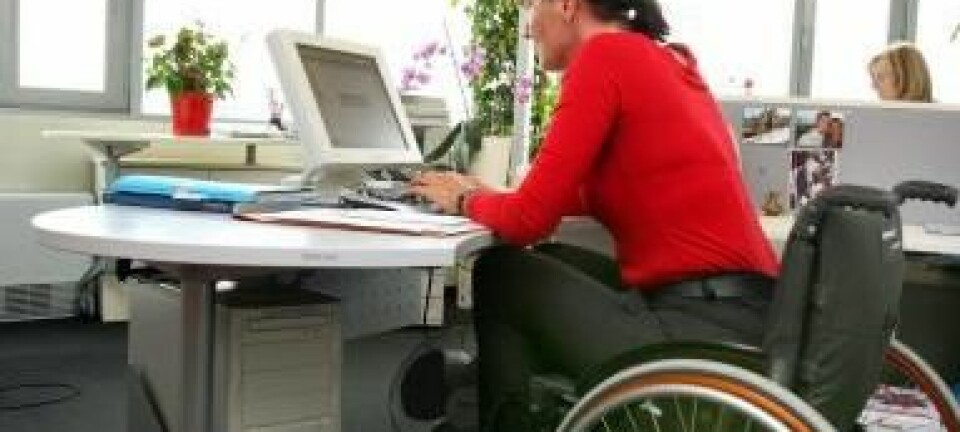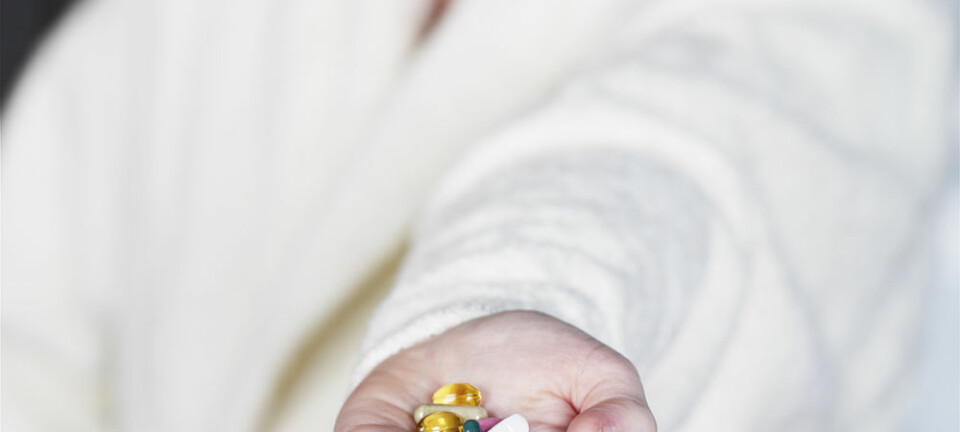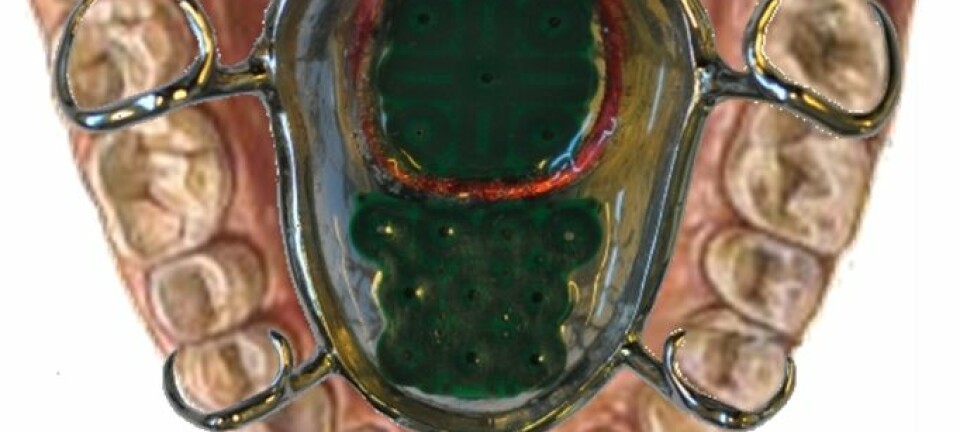An article from KILDEN Information and News About Gender Research in Norway

Being homosexual and disabled
What is it like to have both a disability and a sexual orientation that is not heterosexual? A new study shows that this group encounters prejudice and ignorance in the Norwegian health care system.
Denne artikkelen er over ti år gammel og kan inneholde utdatert informasjon.
“I don’t think they are prepared for the fact that I have a sex life at all. I mean, that I could have partners here in the house when they come in. And they get completely shocked and confused and don’t know what to think.”
This is how a disabled, homosexual man describes the experience of having a public in-home care provider come to visit.
He is one of 19 Norwegians from the lesbian, gay, bisexual, and transgender (LGBT) community with physical or mental disabilities who were interviewed by social worker Arne Backer Grønningsæter and socialanthropologist Hilde Haualand.
The two researchers recently published their results in the report “Invisible and crystal clear. Being a lesbian, homosexual, bisexual or transgender person with a disability.”
Part of the overall health situation

“One should be aware that homosexuality is still used as a diagnostic element, even though it was dropped as a diagnosis in the 1970s in Norway. If a person is not heterosexual or if he or she has a transidentity or a disability, this is still viewed as aspects of the overall health situation when psychiatrists assess their patients,” says Grønningsæter.
The researcher describes the health care system as strikingly heteronormative – it is taken for granted that all patients are heterosexual.
Several of those interviewed had alarming experiences due to the ignorance of employees in the health care system, especially within psychiatry.
Two of the informants said independently of each other that when they made it known they were not heterosexual, this was seen as a manifestation of a psychosis.
Prejudice in the health care system

“There is limited expertise on sexuality in the Norwegian health care system, and when it comes to alternative sexualities and gender identities, it becomes even more difficult. There are no routines for how this should be handled,” says the researcher.
The report gives many examples of prejudice and discrimination by health care workers. One informant tells the following story about a psychiatric centre:
“Several people I know cut themselves because they were harassed by the staff. There was a lot of negative talk about homosexuals at the rehabilitation post. I was called in because I had bought white pants. I was asked why I had a homo label on my jacket. I was told that I walked in a gayish way, but I said it was because I had a limp. It was forced heteronormalization. Why couldn’t I just decide to be heterosexual?”
Grønningsæter points out that the health care system’s prejudice and ignorance about alternative sexualities is especially serious for people with disabilities. They are more dependent than others on their helpers, and must be able to trust them.
“This is why organizations for the LGBT community and organizations for people with disabilities should cooperate on drawing attention to these problems and addressing them,” he says.
Two plus two can equal zero
“It’s not necessarily the case that 2+2=4 – in other words, that being both LGBT and disabled is twice as challenging. Sometimes 2+2=0, because the grounds for discrimination nullify each other, such as in cases when a person is included in one group because he or she belongs to the other group,” says Grønningsæter.
A lesbian woman experienced it like this:
“There is a lot that is positive – I also feel that being deaf and lesbian has given me many opportunities and experiences that I would never want to have missed. It’s easy to establish a network, to come into contact with people. For instance, a few years ago I was at a European football championship for the deaf where there were a lot of deaf lesbians. It was so wonderful to be a part of that.”
Due to experiences like these, and because some people did not feel discriminated against at all while others felt it from many different sides, it became clear over time that the concept of double discrimination was not elucidating. The researchers found it more beneficial to use intersectionality as a tool of analysis. This means studying how various sociocultural categories, such as ethnicity, class, gender and disability, affect each other and result in different outcomes for the individual.
A lack of adaptations
The researchers were surprised about the striking lack of accessibility adaptations made by both the LGBT community and the community for disabled persons. An informant describes his experience from a meeting place for homosexuals like this:
“Steps are awful. Another problem is that the toilets are in the basement. It was rather disgusting to go through the venue. Everything is more difficult in practical terms.”
“The organizations don’t focus on this target group. Although the LGBT organizations have a positive attitude towards people with disabilities, accessibility is a huge problem. For example, sign language is not offered at LGBT events, and it is hard to get around in a wheelchair,” says the researcher.
He says there is even less awareness of this target group in organizations for the disabled, as shown in this quote from an interview:
“There are many young blind people in the closet. It’s not totally okay in this community to be gay. I met a few who wanted to convert me. Today I don’t have contact with the community of blind youth. Being gay is not accepted.”
Resourceful people
Although some of the informants were in a challenging situation, Grønningsæter wants to convey that many of them managed their lives well.
“There is a focus on the negative in the limited research found in this field. We have sought not only to look at issues pertaining to discrimination, but also to explore the opportunities for this group and what they have to offer,” says the researcher, who found plenty of resources in those who were interviewed.
The study shows that many of the 19 people interviewed had jobs, owned their own homes and had a well-functioning social network. They also had a higher level of education on average than the population in general.
“We want to emphasize that many of them found their situation to be unproblematic. Others had experienced a lot of pain, such as extreme bullying. To be met with silence and to be overlooked was the most common experiences. But the main impression is that this is a group of resourceful people who, regardless of their starting point, have broken through barriers and come out stronger because of it,” says Grønningsæter.
-------------------------
Read the Norwegian version of this article at forskning.no
Translated by: Connie Stultz

































